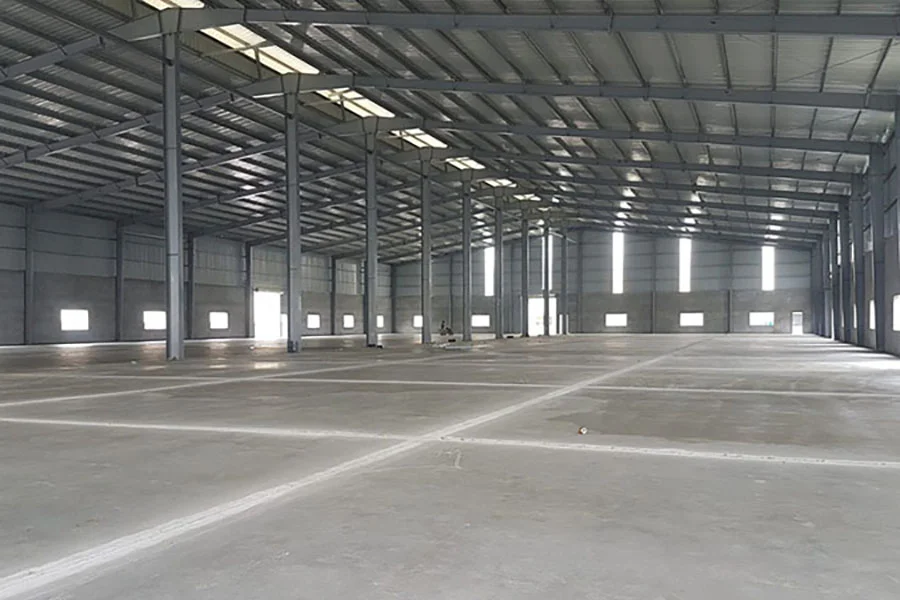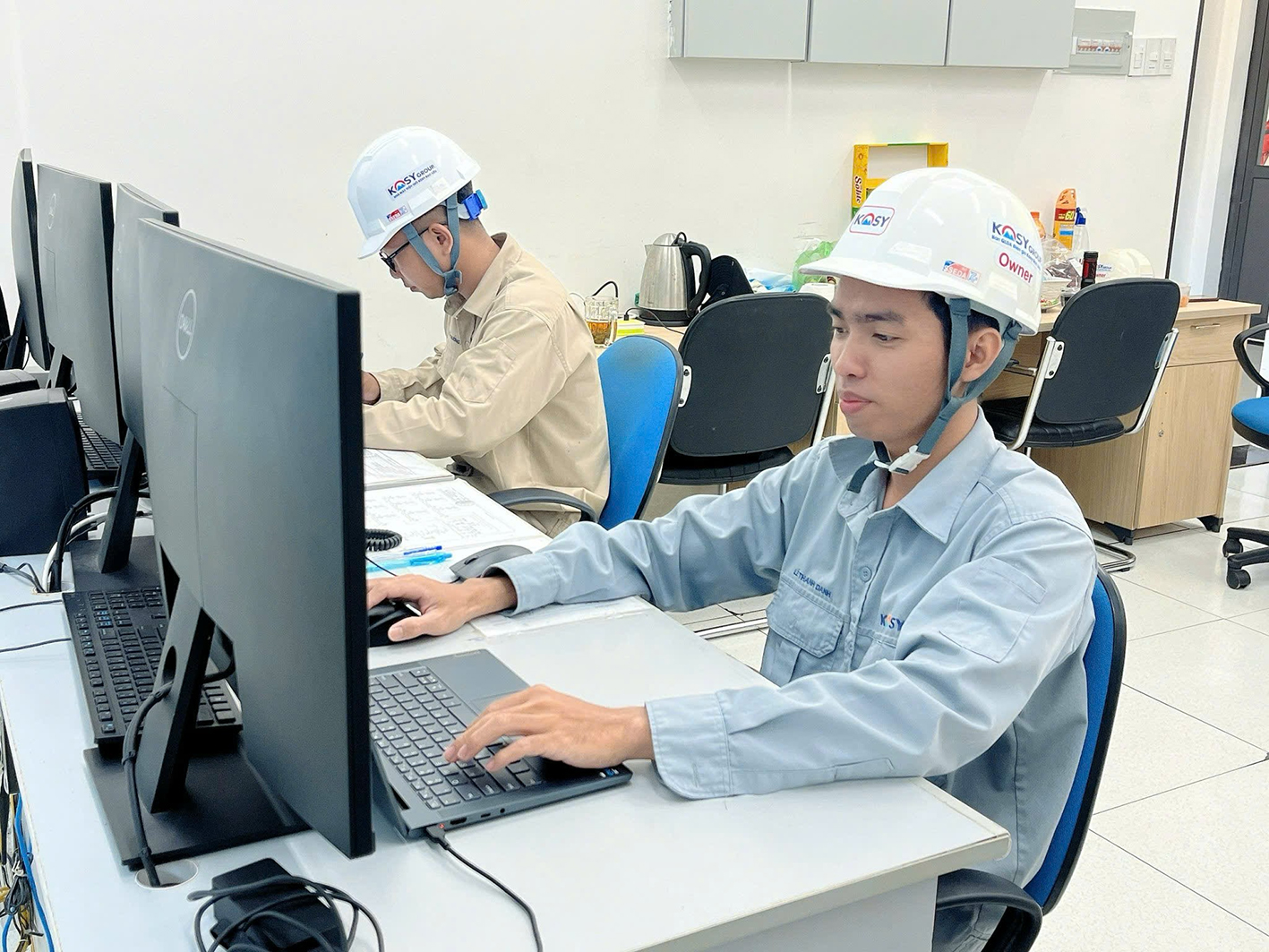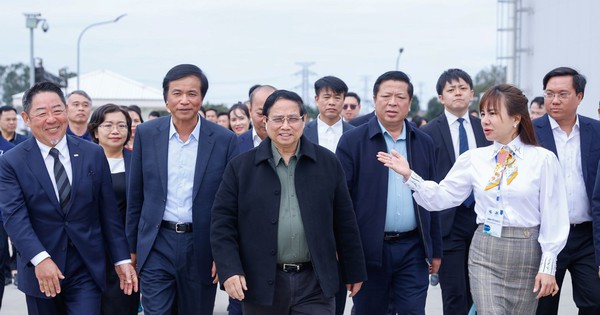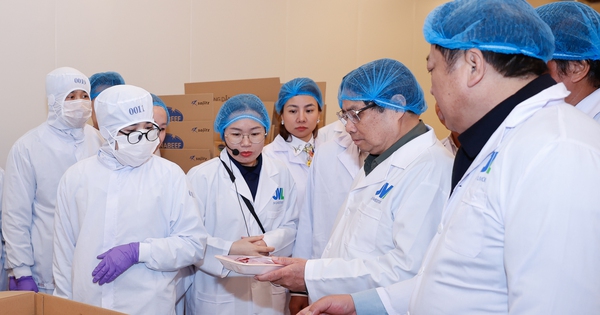Giáo sư Liu Xiaofeng tại Đại học Hà Hải, tỉnh Giang Tô, miền đông Trung Quốc, cùng nhóm nghiên cứu của mình đang phát triển robot hình người với gương mặt có khả năng biểu cảm cao.
Nghiên cứu mới, xuất bản trên tạp chí quốc tế IEEE Transactions on Robotics, hướng đến tối ưu hóa công nghệ tương tác cảm xúc giữa người và robot.

Robot hình người thường gặp khó khăn khi truyền tải những biểu cảm khuôn mặt phức tạp và chân thực đặc trưng của con người. Điều này có thể cản trở khả năng tương tác với người dùng, Liu cho biết. "Để xử lý thách thức này, chúng tôi giới thiệu phương pháp toàn diện gồm hai giai đoạn nhằm trao cho robot tự động và giàu cảm xúc của chúng tôi khả năng thể hiện biểu cảm gương mặt một cách phong phú, tự nhiên", ông nói.
Liu giải thích rằng trong giai đoạn đầu, phương pháp của họ tạo ra hình ảnh biểu cảm gương mặt của robot theo chỉ dẫn của các Đơn vị hành động (AU). Giai đoạn tiếp theo, họ hiện thực hóa một robot giàu cảm xúc với nhiều mức độ cử động gương mặt tự do, cho phép robot thể hiện những biểu cảm chi tiết.
Mọi người có thể quen thuộc hơn với "người kỹ thuật số" và "biên tập viên ảo" với khả năng tạo ra nhiều biểu cảm thời gian thực, theo Ni Rongrong, chuyên gia tại Đại học Thường Châu, đồng tác giả nghiên cứu. Tuy nhiên, robot hình người gặp phải những hạn chế nhất định, ví dụ như kích thước và số lượng động cơ, khiến việc này trở nên khó khăn hơn. "Ví dụ, robot hình người mà chúng tôi sử dụng trước đây chỉ có 9 động cơ siêu nhỏ bên dưới khuôn mặt, ít hơn nhiều so với số lượng cơ của mặt người", Ni nói.
Do đó, nhóm nghiên cứu đã chia 9 động cơ trên khuôn mặt robot hình người thành 17 AU để mang lại những biểu cảm phong phú hơn và sự chuyển tiếp mượt mà hơn thông qua những cử động phối hợp. Họ dự định tiếp tục tăng số lượng AU trên khuôn mặt và trang bị cho robot khả năng tự động biểu cảm tinh tế.
Liu tin rằng khi khả năng tương tác cảm xúc của robot hình người tiếp tục tiến bộ, những robot với chỉ số cảm xúc và trí tuệ đều cao sẽ được sử dụng rộng rãi trong các viện dưỡng lão, trường mẫu giáo, trường giáo dục đặc biệt và các cơ sở khác. "Robot hình người sẽ không chỉ hỗ trợ hoặc thay thế con người hoàn thành một số nhiệm vụ mà còn mang lại nhiều giá trị cảm xúc hơn", ông nói.
Theo Sở hữu trí tuệ và Sáng tạo
Nguồn: https://doanhnghiepvn.vn/cong-nghe/trung-quoc-phat-trien-robot-hinh-nguoi-co-bieu-cam-chan-thuc/20240809010732578







































Comment (0)